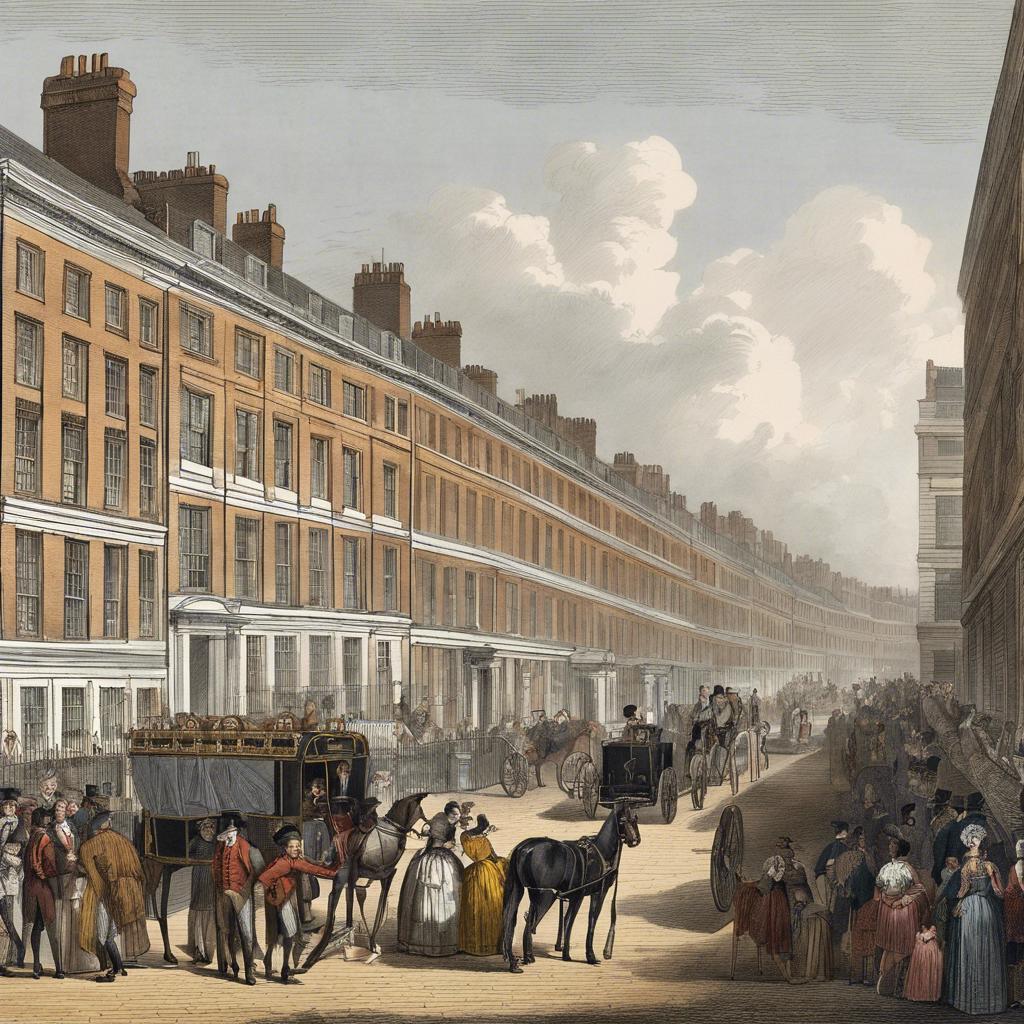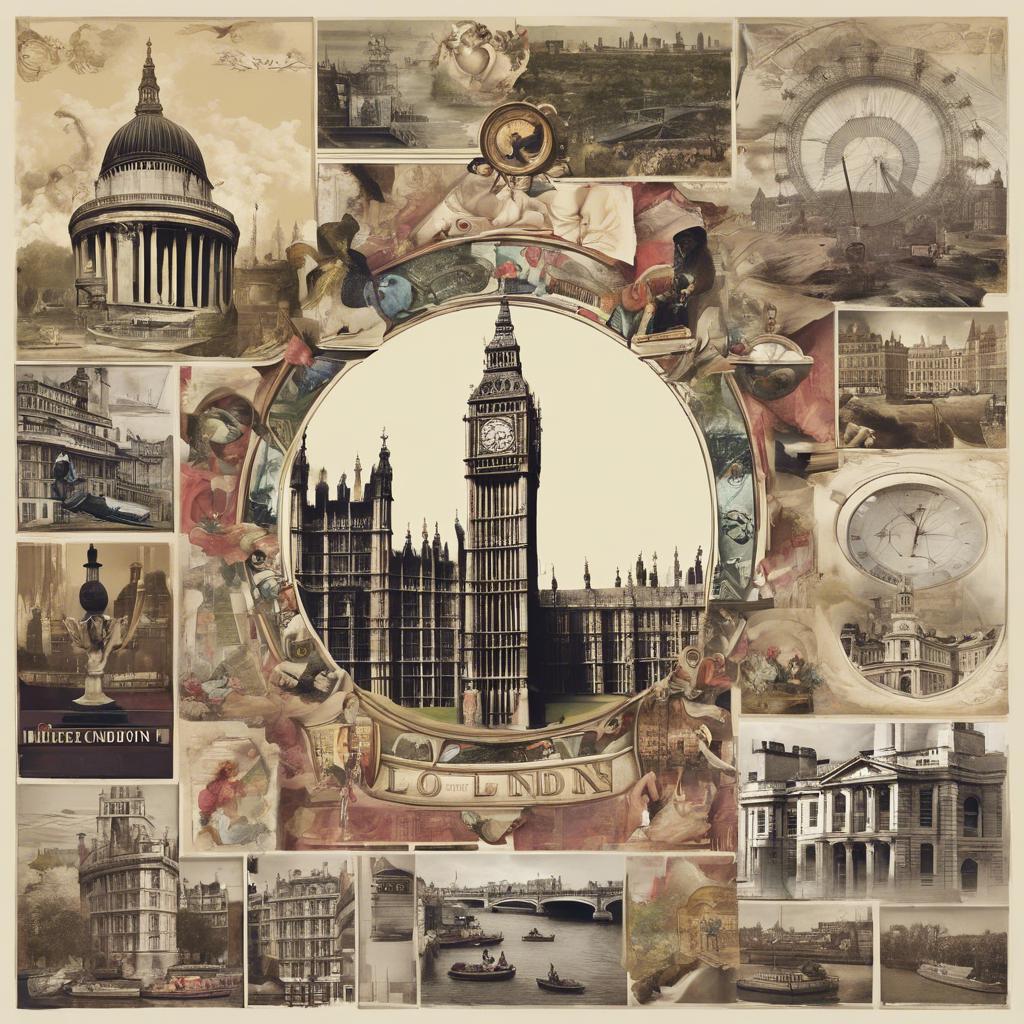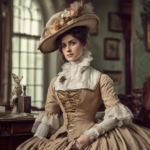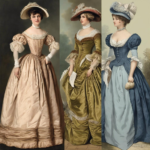The Regency era of London marked a significant period of social, cultural, and political transformation in early 19th century England. With the Prince Regent ruling in place of his father, King George III, this era saw the emergence of a vibrant society, characterized by elegance, luxury, and indulgence. From the opulence of Regent Street to the literary brilliance of Jane Austen, the Regency era of London was a time of both innovation and tradition, shaping the modern city we know today. In this article, we will delve into the intricate details of this fascinating period, exploring the key events, influential figures, and lasting legacy of the Regency era in London.
Step Into the World of Cheryl Bolen
Dive into the enchanting stories of love, intrigue, and elegance set in the Regency Era. Cheryl Bolen's novels offer timeless romance and captivating tales that will leave you wanting more.
Explore Cheryl Bolen's Books Now
Regency London: A Glimpse into Society and Culture
In Regency London, the society was characterized by a strict social hierarchy where one’s status was determined by birth and wealth. The upper class consisted of aristocrats, wealthy merchants, and successful professionals, who enjoyed lavish lifestyles filled with extravagant parties, balls, and social gatherings. These elite members of society lived in grand townhouses in fashionable neighborhoods like Mayfair and Belgravia, where they entertained guests and participated in leisure activities such as horse racing, gambling, and attending the theater.
Women in Regency London were expected to adhere to strict social norms and etiquette. They were encouraged to be virtuous, modest, and obedient, with marriage being their primary goal in life. Fashion played a significant role in society, with women dressing in elaborate gowns made of luxurious fabrics and adorned with intricate embroidery and embellishments. The ideal woman was expected to be accomplished in the arts, music, and languages, while also being skilled in social graces such as dancing and conversation.
The culture of Regency London was also influenced by significant political and social changes taking place during the era. The Napoleonic Wars, the Industrial Revolution, and the abolition of the slave trade had a profound impact on society, shaping the beliefs and values of the people. Intellectual pursuits such as literature, art, and philosophy flourished, with writers like Jane Austen and artists like J.M.W. Turner capturing the essence of the era in their works. Regency London was a time of great change and innovation, where society and culture collided to create a unique and vibrant cityscape.
Architecture and Design Trends of the Regency Era
The Regency Era in London was a time marked by sophistication, elegance, and innovation in architecture and design. This period, spanning from 1811 to 1820, was characterized by the rule of King George IV, during which a distinct style emerged that still influences design trends today.
One of the key architectural features of the Regency Era was the use of classical elements, such as columns, pediments, and symmetry. Buildings were often adorned with intricate decorative details, showcasing the wealth and status of their owners. The use of stucco as a facade material became popular during this time, giving buildings a smooth, elegant appearance.
Interior design in the Regency Era was characterized by a focus on light and airy spaces, with large windows and high ceilings. Decorative motifs such as classical columns, Greek key patterns, and floral designs were commonly used in furniture and decor. Pastel colors like pale blues, pinks, and greens were favored, along with luxurious materials such as silk, velvet, and mahogany.
Fashion and Etiquette: Navigating High Society in Regency London
In Regency London, fashion and etiquette were of utmost importance in navigating high society. Women’s fashion was characterized by elegant empire waist dresses, delicate lace trims, and flowing silhouettes. It was essential for ladies to adhere to strict dress codes at social gatherings, with specific fabrics and colors denoting their social standing.
Menswear in Regency London was equally significant, with gentlemen donning tailored coats, waistcoats, and cravats. The dandy style, popularized by Beau Brummell, emphasized impeccable grooming and sartorial elegance. Proper etiquette was crucial for both men and women in high society, with manners and decorum playing a vital role in social interactions.
Attending balls, soirées, and afternoon tea parties was common among the elite in Regency London. At these social events, guests were expected to observe proper etiquette, including greeting others with a bow or curtsy, engaging in polite conversation, and following the rules of dance and card games. Navigating the intricacies of high society required a thorough understanding of Regency fashion and etiquette, ensuring one’s success in the elite circles of London.
Exploring Regency Literature: Authors, Themes, and Influences
The Regency era of London, spanning from 1811 to 1820, was a time of elegance, refinement, and societal change. During this period, literature flourished with a focus on romance, manners, and social commentary. Prominent authors such as Jane Austen, Lord Byron, and Mary Shelley emerged, leaving a lasting impact on the literary world.
**Authors:**
- Jane Austen: Known for her wit and insight into the lives of the English gentry, Austen’s novels, including “Pride and Prejudice” and “Sense and Sensibility,” continue to captivate readers to this day.
– Lord Byron: A leading figure in the Romantic movement, Byron’s works, such as “Childe Harold’s Pilgrimage” and ”Don Juan,” showcased his rebellious spirit and passionate lyricism.
– Mary Shelley: Best known for her groundbreaking novel “Frankenstein,” Shelley challenged societal norms and delved into themes of creation, identity, and morality.
**Themes:**
- Love and marriage: Regency literature often explores the complexities of romantic relationships, highlighting the importance of social status, reputation, and personal agency.
- Class and society: Authors during this period depicted the social hierarchy and norms of the time, shedding light on issues of privilege, power, and prejudice.
– Nature and the sublime: The Romantic ideals of nature’s beauty and the awe-inspiring sublime were prevalent in Regency literature, reflecting a deep appreciation for the natural world.
The Way Forward
the Regency Era of London was a time of great social and cultural change, marked by innovation in art, fashion, and architecture. The period was characterized by the reign of King George IV and the emergence of influential figures such as Jane Austen and Lord Byron. Despite its tumultuous political landscape, the Regency Era remains a fascinating chapter in London’s history, influencing the city’s development for years to come. As we reflect on this bygone era, we are reminded of the enduring legacy of its artistry, elegance, and sophistication that continue to inspire and captivate us today.


